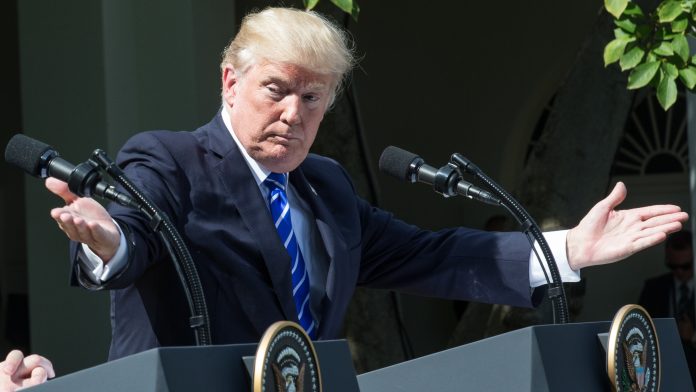Last week, President Donald Trump floated plans to impose new tariffs on automobile imports, set to take effect around April 2. Yesterday, he confirmed that the tariffs will likely be 25%, with additional details to come closer to April. The finalization of the plans will arrive after members of his cabinet deliver their reports outlining various options for import duties.
Trump’s crackdown and aggressive trade policies stem from his argument that U.S. auto exports have faced unfair treatment in foreign markets. The European Union (EU) imposes a 10% tariff on vehicle imports, a drastic difference from the U.S. 2.5% tariff on passenger vehicles. Currently, the U.S. enforces a 25% tariff on imported pickup trucks, a highly profitable sector in the United States due to high consumer demand.
Since the start of his presidency, President Trump and his administration have been charging full force ahead in a bullish effort to reshape global trade. He’s imposed blanket tariffs of 10% on all imports from China. He’s also playing hardball with Canada and Mexico, threatening to enforce 25% tariffs on the neighboring countries, a threat that threatens to upend the U.S.-Mexico-Canada Agreement (USMCA). After conversing with leaders of both countries, he pulled back his tariff order at the last minute, delaying the timeline by a month to open the door for negotiations.
Beginning March 12, the U.S. will implement a 25% tariff rate on all imported steel and aluminum. Furthermore, the United States will impose reciprocal tariffs on countries that tax U.S. imports—both allies and rivals.
President Trump’s aggressive tariffs is a bold step in his administration’s broader strategy to address perceived imbalances in international trade. Although the administration aims to protect domestic industries and create a more favorable trade environment for U.S. exports, these aggressive measures could lead to tensions with key trading partners and have significant implications for the global economy.



